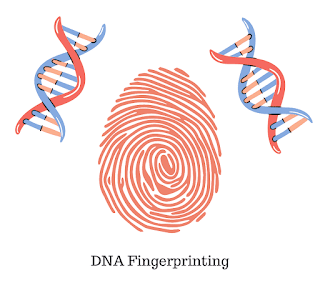Steps involved in Agarose Gel Electrophoresis
Agarose Gel Electrophoresis
In this technique, the DNA sample is poured into the wells on the Agarose gel which are made using a comb.
Also, a fluorescent dye called Ethidium is added to the sample DNA prior to electrophoresis to increase the viscosity of the sample which will prevent it from floating out of the wells. The migration of the sample can be seen through the gel.
A DNA marker (Also called DNA ladder) is also loaded into the first well of the gel. The fragments in the markers are of known length which will be compared with the size of DNA fragments of sample DNA.
Now the electric current is turned on so that the negatively charged DNA molecules move toward the positively charged anode.
The shorter lengths of DNA will move faster than the longer lengths of DNA in the gel. The electric current is kept on till DNA fragments move far enough across the gel.
Once the DNA has migrated far enough in the gel, the electric current is switched off and the gel is removed from the electrophoresis tank.
To visualize DNA, it is placed under a UV transilluminator which will show the stained DNA bright bands.
Now, we can estimate the size of the DNA fragment of the sample by comparing it with the DNA fragments of the marker (DNA ladder).



